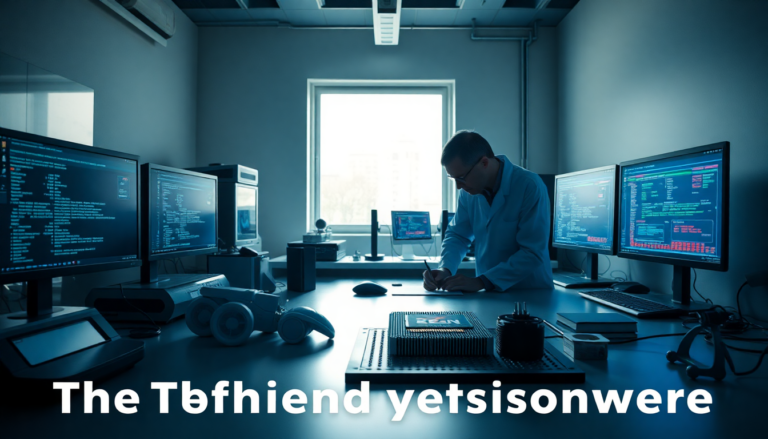Argomenti trattati
Imagine a world where ransomware isn’t just a pesky file-locking threat, but something that burrows itself deep into your CPU. This isn’t science fiction; it’s a chilling reality that cybersecurity expert Christiaan Beek has brought to light. By leveraging vulnerabilities in AMD’s Zen architecture, Beek has developed a proof of concept for ransomware that could potentially evade all traditional detection methods, raising serious concerns about the future of hardware security.
Understanding the proof of concept
During an interview with The Register, Beek, who serves as Rapid7’s senior director of threat analytics, discussed the implications of a bug found in AMD’s Zen chips. It dawned on him that a highly skilled attacker could exploit this flaw to load unauthorized microcode into processors. This could allow the intruder to manipulate CPU functions and break encryption at the hardware level. “Coming from a background in firmware security, I was like, woah, I think I can write some CPU ransomware,” he recounted, reflecting on how this idea took shape.
The vulnerability landscape
The vulnerability in question hasn’t just affected the older Zen 1 to Zen 4 CPUs; it has recently been revealed that even the newer AMD Zen 5 chips are susceptible. Thankfully, these issues can be patched with updated microcode. However, the existence of such vulnerabilities poses a dire question: if someone with malicious intent were to exploit these weaknesses, the consequences could be catastrophic. As Beek predicts, “Ransomware at the CPU level, microcode alteration, and if you are in the CPU or the firmware, you will bypass every traditional technology we have out there.” A thought that sends shivers down any IT professional’s spine.
What does this mean for security?
The implications of such an attack scenario are staggering. In a worst-case scenario, imagine ransomware that installs itself within the UEFI firmware. Even if you were to reinstall your OS, the encryption would persist, effectively locking users out of their own data. This is not merely theoretical; Beek referenced leaked discussions from the infamous Conti ransomware gang, indicating that they were actively exploring similar exploits. They seemed to relish the idea of controlling BIOS and loading custom bootloaders that would hold users’ drives hostage until payment was made.
The broader implications for the tech community
Beek did not hold back his frustration during the interview, stating emphatically that, “We should not be talking about ransomware in 2025.” He stressed that the tech industry must unite to address foundational issues in hardware security. Many ransomware breaches stem from well-known vulnerabilities: weak passwords, insufficient authentication measures, and, quite frankly, a lack of proactive security measures. But it raises further questions—Why aren’t we investing more in securing our hardware? If we know the risks, why do we continue to leave doors open?
The race against time
As I reflect on my own experiences in the tech industry, I can’t help but feel a sense of urgency. I remember when upgrading security measures felt like a luxury rather than a necessity. But with threats evolving at such a rapid pace, we can no longer afford to be complacent. The tech community must act before it’s too late, and as Beek warns, if malicious actors were already working on these exploits a few years ago, it’s only a matter of time before they get clever enough to deploy them.
What can be done?
So, what does the future hold? Will we see a wave of CPU ransomware attacks, forcing companies to rethink their entire security architecture? Perhaps. But one thing is for sure: the conversation around cybersecurity must evolve. As we dive deeper into 2025, it’s crucial that we don’t just react to threats but anticipate them. The onus is on us, as a community, to reinforce our defenses, challenge our assumptions, and innovate our approaches to security.
In the end, it may not just be about protecting our data. It’s about preserving the trust that users place in technology. And if we fail to address these emerging threats, we risk losing that trust—one ransomware attack at a time.

